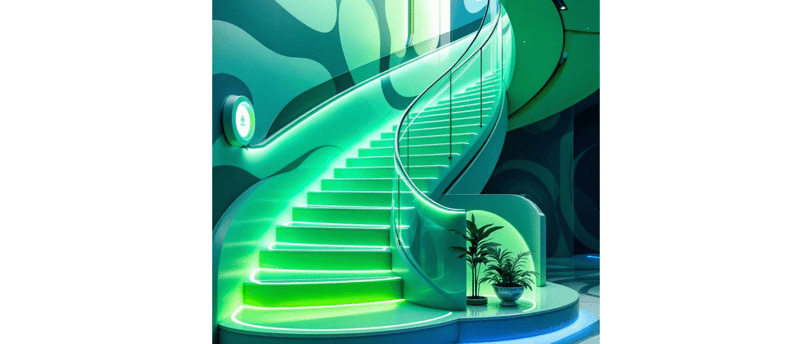Spiral Staircases vs. Traditional Staircases: Which One Should You Choose?
3/23/20252 min read


Understanding the Basics: Spiral vs. Traditional
When it comes to choosing the right staircase for a home or a business, two popular options often come to mind: spiral staircases and traditional staircases. Both have their own unique benefits, so let’s explore how they compare in key areas such as space utilization, aesthetics, and ease of installation. This will help wholesalers better market these options to potential customers.
Space Utilization: Making the Most of Your Area
One of the biggest advantages of spiral staircases is their ability to save space. Unlike traditional staircases that require a long, wide footprint, spiral staircases can fit snugly into corners or tight spots, making them ideal for small homes or areas where every square foot counts. This space-efficient design creates additional usable space that can be used for storage or simply to provide more room for activities.
In contrast, traditional staircases typically require more room, which can be a constraint in compact living environments. If you're looking to maximize floor space, emphasizing the space-saving benefits of spiral staircases to customers becomes crucial. This is a key selling point that can help them appreciate the practicality of these designs.
Aesthetics: A Touch of Style
Aesthetics is another area where spiral staircases shine. With their sleek, modern design, they add a touch of elegance and sophistication to any space. They can serve as a stunning focal point, drawing attention and actually enhancing the overall décor of a room. Wholesalers can highlight the diverse styles and materials available for spiral designs, from sleek metal to warm wood finishes, catering to various tastes and preferences.
On the other hand, traditional staircases often exude classic charm. They can complement a variety of interior styles, from rustic to contemporary. However, they may come off as bulky or overwhelming, especially in smaller rooms. Therefore, depending on your client’s property type and desired ambiance, guiding them toward spiral staircases could be an excellent way to infuse style without sacrificing design integrity.
Installation: Getting It Right
Installation is another important consideration. Spiral staircases are often easier and quicker to install compared to traditional staircases. Most spiral models come as pre-manufactured kits that can be assembled in a fraction of the time it takes to construct a traditional staircase. This not only saves on labor costs but also minimizes disruption in homes or businesses during installation. Wholesalers should emphasize this benefit when marketing spiral staircases to customers who are looking for quick and efficient solutions.
Meanwhile, traditional staircases, while customizable, usually require more complex framing and support structures, which can result in a lengthier setup process. This can be a deterrent for clients who want immediate results. By contrasting these factors, wholesalers can better guide their customers toward the right choice based on their specific needs.
In conclusion, both spiral and traditional staircases have their unique advantages. Understanding these differences is key for wholesalers aiming to meet the needs of their customers. By focusing on space utilization, aesthetics, and installation benefits, you can effectively market spiral staircases as a practical yet stylish alternative to traditional designs.
